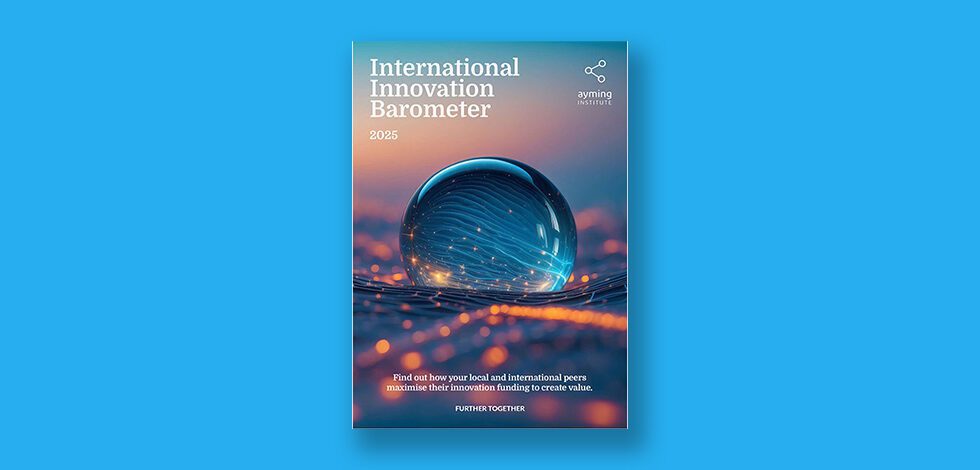What does the Debt Ceiling Agreement mean for Section 174?
With just 48 hours to spare before the deadline, the Fiscal Responsibility Act was signed on June 3, 2023, averting an unprecedented debt default. If this budget agreement did not pass, it would have been the first time in America’s 247-year history to default on our national debt.
What started as a handshake agreement between President Joe Biden and Speaker of the House Kevin McCarthy to redirect IRS funding to alleviate the approaching debt ceiling for other domestic programs, finally made it to legislation after months of negotiation. The House passed the bill by a vote of 314 to 117, with 149 Republicans joining 156 Democrats in favor of the agreement. One day later, the Senate passed the bipartisan budget deal in a 63-36 vote.
The legislation caps federal spending until 2025 and includes cutbacks of $28 billion in unused COVID relief funds, $1.4 billion in IRS funding, and redirects $20 billion of the $80 billion the IRS received through the Inflation Reduction Act. Along with these cutbacks, the bill lifts the freeze on federal student loan repayments, increases stricter work requirements for food stamp recipients, and includes permits for a new natural gas pipeline project.
Although a devastating default was averted, what will become of section 174 and R&D expense accounting and amortization? The President said it best, “no one gets everything they want in a negotiation but make no mistake: This bipartisan agreement is a big win for our economy and the American people.” At least one portion of that statement is true… “No one gets everything they want in a negotiation.” Only time will tell if the bill is truly a big win for the economy and the American people.
For months we witnessed the negotiation of this new bill containing 11 new amendments that would dramatically affect national spending, budget, and corporate and individual taxes. However, none of the amendments were passed when the bill was signed. One of the amendments included the section 174 requirement to account for and amortize research and experimental expenses.
Many industry experts and those in Washington thought that 174 would have been repealed in the fall during budget reconciliation, but that didn’t happen. Then it was set to be repealed with the budget ceiling, but that didn’t happen either. Many taxpayers filed extensions expecting the repeal of 174. But since this compliance requirement is still in effect for this tax season, are companies prepared to file in just a few short months?
At this moment, section 174 is still written in law stating that research expenses are required to be accounted for and amortized. It doesn’t matter if you have claimed research expenses or a research credit in the past, you must now (tax returns beginning on or after January 1, 2022) separately account for these expenses.
With 174’s broad definition of research expenses, utilizing an R&D tax service will be a vital tool for calculating your 174 expenditures, developing your required 174 expense amortization schedule and Section 41 R&D credit.
At Ayming USA, our experts will work with your team on all levels to support you throughout the calculation process from beginning to end. R&D tax incentives give innovative companies the help they need, no matter the financial climate in which they operate. We’d like to help you claim the most of these tax incentives for the activities you already carry out.
Tax season is fast approaching, and Ayming’s new Rapid Claims can have your 174-claim completed in this tight time crunch. Rapid Claims can deliver your 174 analysis as well as an R&D tax credit in just 5 days. Just in time for the upcoming tax deadline! To learn more about Rapid Claims, contact Ayming’s experts today for a free consult.












No Comments